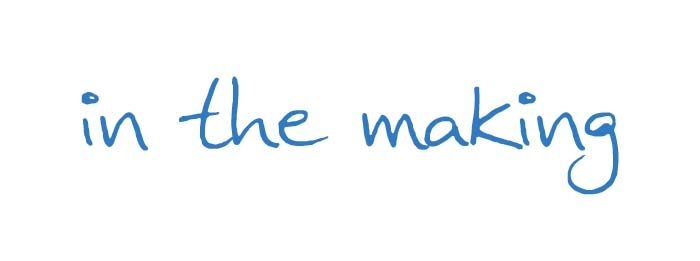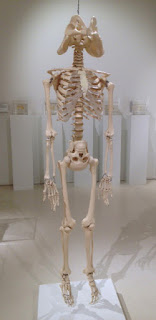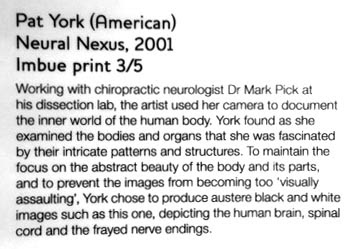"The Book for Architects" is a video installation of 450 images, reflecting Tillmans' fascination with architecture and "the contrast between the rationality and utopianism that inform design and the reality of how buildings and streets come to be constructed and inhabited". Tillmans "hones in on the resourceful .. ways in which people adapt to their surroundings to fit their needs. These are individual and uncoordinated decisions that were not anticipated in architects' plans but still impact on the build the environment"
.
(quote from the accompanying leaflet published by Tate)
Tillmans' statement:
Over the past ten years, I have photographed buildings in
ordinary and extraordinary contexts in thrirty-seven countries on five
continents. Displaying the complexity
and the irrationality – sometimes madness – and at other times beauty of
architecture, these pircutres in their totality seem to me a little daunting,
but have always been taken with a kind eye.
I’m aware that architecture is an expression of desires, hopes and
ambitions, s well myriad practical needs and limitations that shape a structure’s
design. I’m fascinated by the infinite
number of formal and structural solutions, seen en masse and the world over,
that human logic found for similar problems.
Book for Architects is not a book design but a
video installation, presented as a looped projection of still images on two walls.
My interest is not a typological examination but to show a dequence and
an arrangement of images that echo what examples of the built environment look
and feel like to me. I don’t use
wide-angle or shift lenses but a standard lens that most closely approximates
to the perspective of the human eye. The
various elements of architecture appear here at times clearly and cleanly,
while at other times in a layered and convolurted way. As such, the installation represents an d emulates
the randomness, beauty and imperfection that characterises built reality, both
past and present.
Wolfgang Tillmans
2014
.

















































